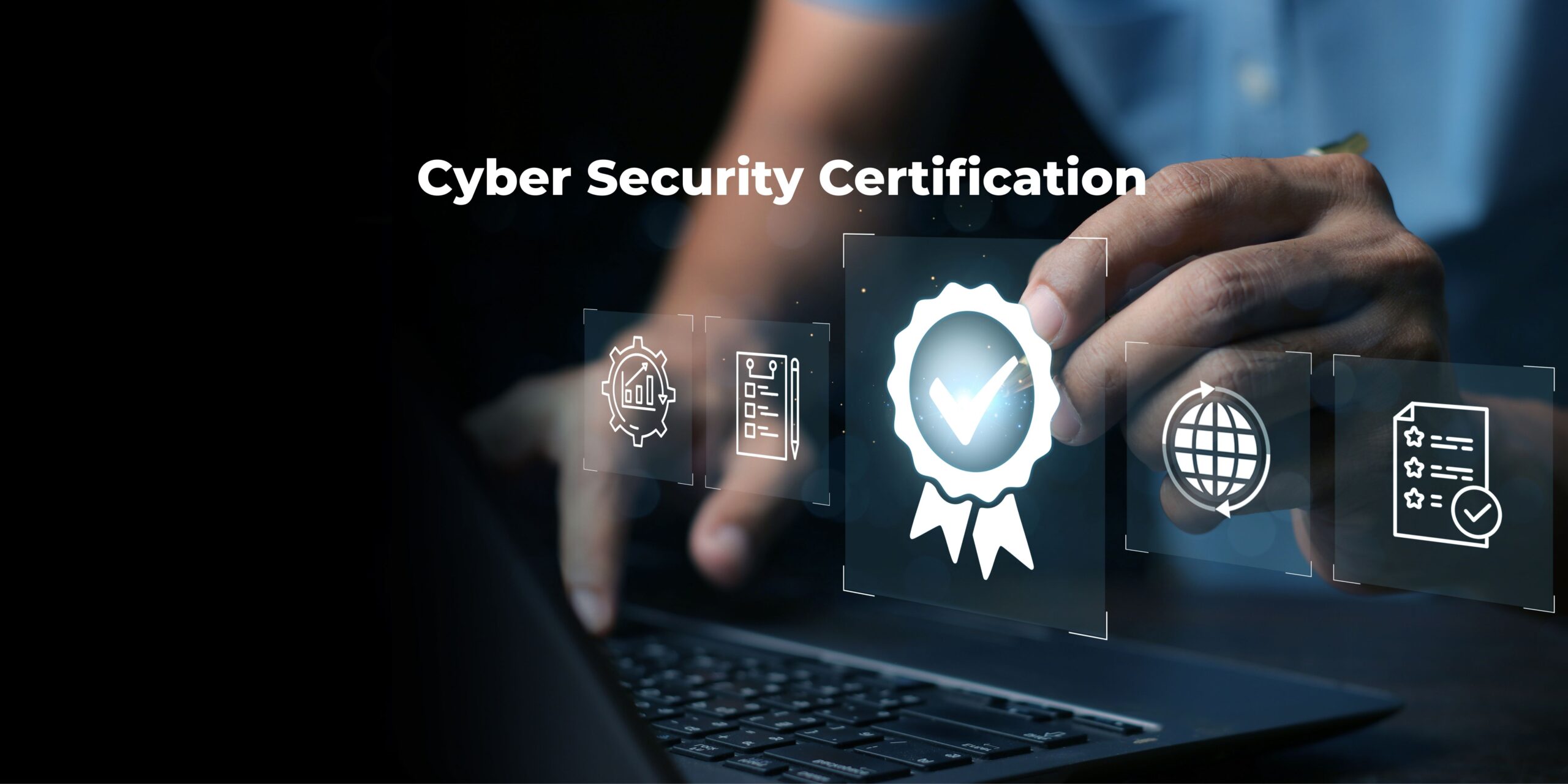AWS Fargate considered as a top choice for container deployment, mainly for its exceptional reliability, robust security measures, and seamless integrations. The variety of options available on AWS for containerizing apps offers flexibility catered to particular needs. As a ready-made solution, AWS Fargate security model reduces user complexity by handling infrastructure management, which streamlines the deployment process.There are definitely lot of learning on understanding AWS fargate security areas which we will discussed in the later sections.
However, it’s vital to understand and recognize that AWS Fargate doesn’t completely relieve users of security responsibilities. While it diligently secures the host environment, end customers remain accountable for ensuring the security of worker nodes and workloads. Here, adhering to suggested procedures and having a thorough understanding of AWS Fargate’s inner workings are crucial for managing this obligation and safeguarding your deployed apps.
Operating model for AWS Fargate security Offering?
Here it’s important to understand again customers and AWS work together in a partnership that is based on shared responsibility, which is how AWS Fargate’s robust security is achieved. This model makes sure that everyone contributes to maintaining security.
Imagine it as a collaborative riddle where consumers and AWS are the two pieces that fit together precisely. Fargate gains from a magic trick known as abstraction, which is a brilliant method that lets users share a significant portion of security chores with AWS. Compared to handling the security duties of managing things alone, this is really different.
The magic happens here: Fargate assumes a major role in managing a great deal of the vital components within the AWS ecosystem. Comparable to a superhero team-up, Fargate and AWS collaborate to ensure everything remains secure.
In short, customers and AWS work together like jigsaw pieces, and Fargate, with its magic abstraction trick, assumes the role of a huge superhero, guarding AWS’s treasures. For AWS Fargate, this cooperation and shared accountability result in a robust and durable security solution.
Also refer to some of the best security practices clearly defined by the crowdstrike
The Security of AWS Fargate and the SharedResponsibility Framework
There is a distinction in responsibilities between operating ECS on EC2 instances and ECS Fargate. AWS fargate security model takes the responsibility in overseeing the physical hardware, underlying services, and ECS control plane in both scenarios. However, it’s essential to bear in mind and understand, as the client you need to undertake the responsibility for the underlying virtual machine hosting your container instances on ECS/EC2. The positive note and guideline is that AWS offers streamlined, one-click solutions for managing these virtual machines.
Security Challenges and Considerations in AWS Fargate
While AWS Fargate transfers more responsibility for infrastructure security to AWS, it doesn’t eliminate all security considerations. Users of AWS Fargate face several concerns and risks, including:
- Visibility Challenges:
- Limited OS Access: There is always a challenge to look at the issue of operating system however its important to deep dive. That’s exactly the capability we lack in aws fargate security where we don’t get to access the operating system directly which brings a technical challenge in achieving overall visibility into container infrastructure. Without deep insights into Fargate workload activities, detecting anomalies becomes a formidable task, hindering effective container security. After all, securing what you cannot see is a considerable challenge.
- IAM Misconfigurations:
- IAM Misconfigurations: IAM’s Whole Role: When it comes to governing permissions for persons or groups accessing deployments, IAM roles and access configurations are essential components of AWS Fargate security. Sensitive data may pose danger from any errors in the AWS Fargate IAM settings that could allow unauthorized access.
- Container Security Gaps:
- Importance of Container Security: Effectively securing container workloads within Fargate is paramount.
- It is equivalent to leaving the door open for issues to arise when containers lack robust security. Serious problems may result from it, including malicious actors gaining unauthorized access, malicious software propagating between containers, and tampering with intended functionality.
- Poor container security is akin to having shoddy locks that allow anyone to enter restricted areas. What if dangerous insects or diseases could spread quickly from one container to another, wreaking havoc everywhere?
- Furthermore, inadequate security is tantamount to permitting rule bending. They might gain access to sensitive information or alter things they shouldn’t.
- It is equivalent to leaving the door open for issues to arise when containers lack robust security. Serious problems may result from it, including malicious actors gaining unauthorized access, malicious software propagating between containers, and tampering with intended functionality.
- Poor container security is akin to having shoddy locks that allow anyone to enter restricted areas. What if dangerous insects or diseases could spread quickly from one container to another, wreaking havoc everywhere?
- Furthermore, inadequate security is tantamount to permitting rule bending. They might gain access to sensitive information or alter things they shouldn’t.
- In order to ensure container security, we must implement robust security protocols, conduct routine problem-solving, and be vigilant against emerging risks. Maintaining everything safe and functional requires taking preventative measures to safeguard containers.
AWS Fargate Best Practices: Enhancing Container Security
- Trustworthy Docker Images:
- Since it contains every part needed to run an application here docker images are majorly regarded as the basis for containers. Container repositories are mainly used by organizations to distribute image versions among teams or the larger development community. It’s important to obtain images from reliable sources which also means only reliable repositories,we should also test them for vulnerabilities before deploying to production or staging environments, and keep them updated with the most recent security patches in order to enhance container security.
- Limit Container Privileges:
- By default, Docker containers operate with root user privileges if no user is specified, potentially exposing both the container and the host to exploitation. To mitigate this risk, creating a dedicated user with the minimal necessary privileges is advisable. In cases where root access is unavoidable, enhancing security is possible by remapping the user to a less privileged one on the host.
- Prevent New Container Privileges:
- After startup, Docker containers can get additional rights, giving attackers a way to take advantage of the container environment.Preventing containers from gaining additional permissions is crucial to thwarting attacks that aim to escalate privileges.
- Monitor APIs:
- Container communication relies on APIs, making proper configuration and security essential. Misconfigured APIs can be exploited by malicious actors to deploy and run malicious containers. To prevent any sort of intrusions, it is important that we should configure and secure APIs between containers and any API data in the pipeline.
- Secure Container Registries:
- Strong security measures are necessary for container registries, which are in charge of distributing and keeping container images. Whether hosting your own registry or using a managed third-party registry, regular vulnerability scanning of pictures, limiting user access, and setting up encrypted channels for registry connections are essential measures to lower security risks.
In summary, for enterprises seeking to streamline cloud container management, AWS Fargate provides a serverless solution that alleviates the operational burden by abstracting away infrastructure management. As outlined in this article, the onus is on the customer to ensure the security of their application code, while AWS takes charge of overseeing Fargate’s underlying infrastructure and execution environment. Customers are actively responsible for security management within AWS Fargate, including its associated services like EKS and ECS.
Beyond the discussed security best practices, users of Fargate are encouraged to employ a comprehensive security platform for identifying and responding to threats, as well as maintaining an effective cloud security posture.







